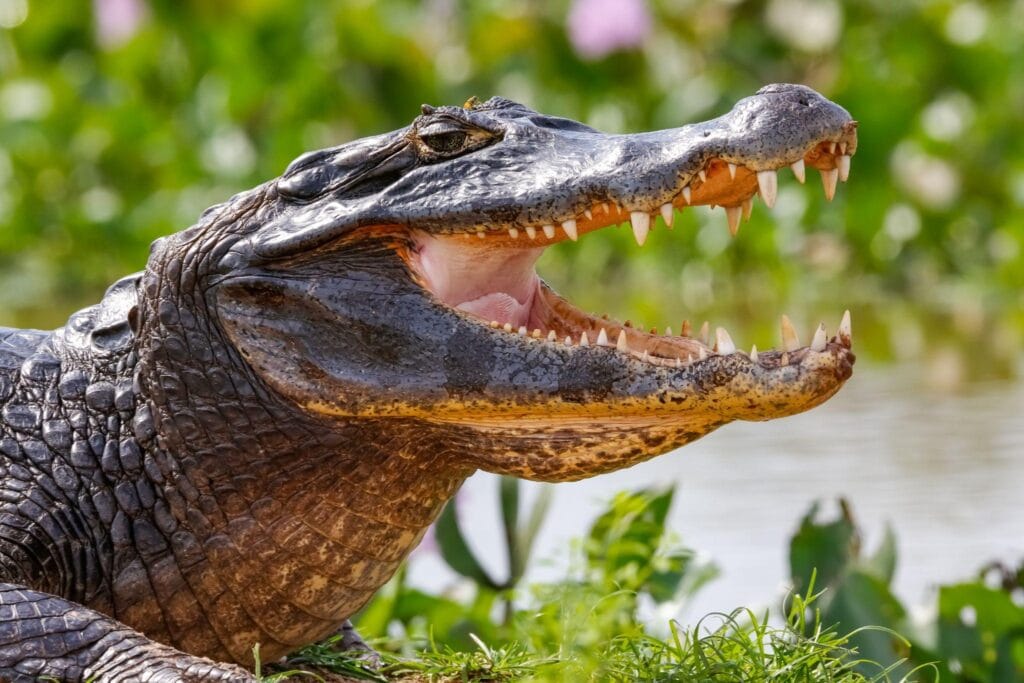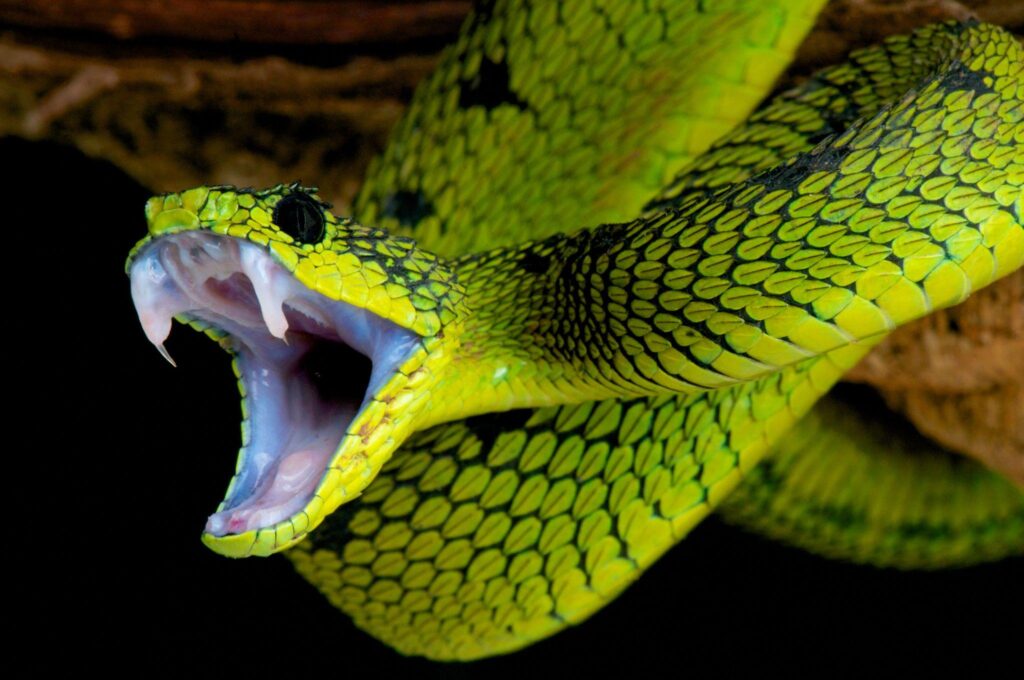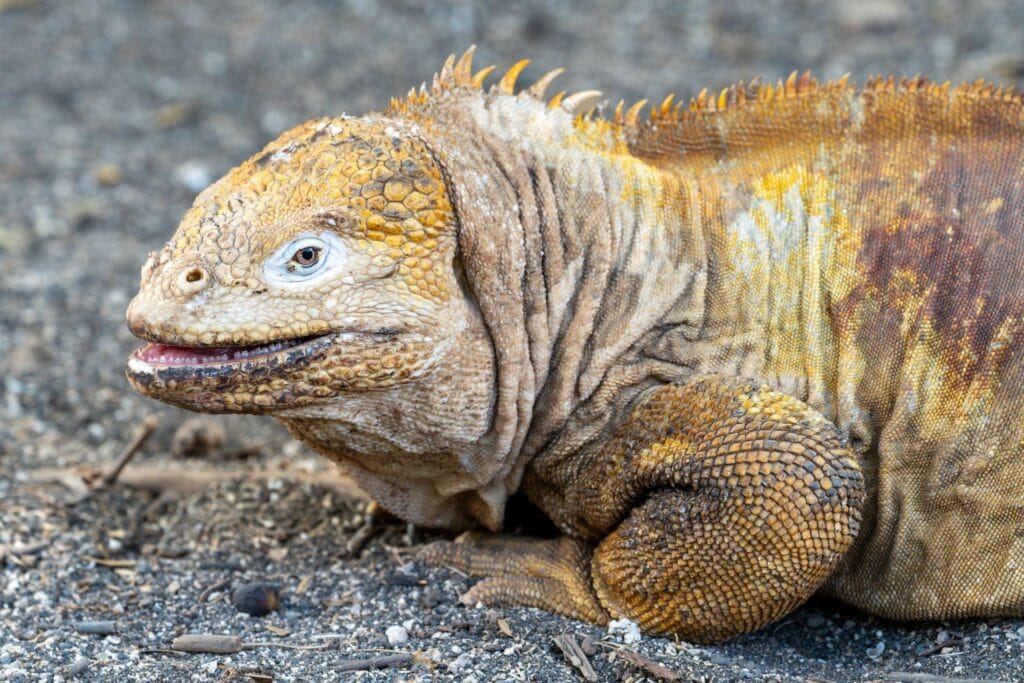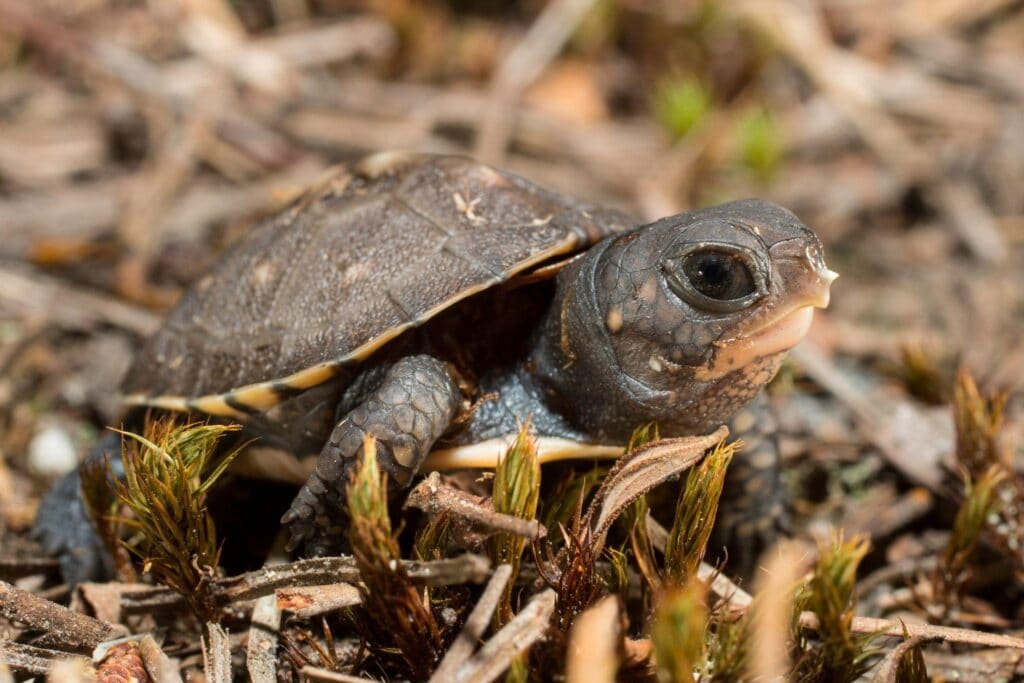Reptile teeth are a fantastic way to get kids excited about nature’s weird and wonderful creations. The animal kingdom is full of fascinating, and sometimes freaky, teeth, from crocodiles’ mega chompers to turtles’ beak-y bites. So, let’s dive into the jaw-dropping, chomp-tastic universe of reptile teeth!
Why Reptile Teeth Are Totally Awesome
Not All Reptile Teeth Are Created Equal
Reptile teeth aren’t just for show—they’re specialized tools! Just like we have different types of teeth for different jobs (think of your sharp front teeth for biting and flat back teeth for chewing), reptiles also have some cool dental diversity, each designed for their wild lifestyles. Imagine having teeth that regrow like magic or fangs that fold like a Swiss Army knife.
- They’re Built for Adventure: Reptiles use their teeth to hunt, defend, and even show off. It’s like they’ve got a built-in toolbox in their mouths!
- No Tooth Fairy Needed: Many reptiles can grow new teeth their whole lives—some even get over 3,000 teeth in a lifetime! Bet your kids will wish they could trade in their baby teeth for that trick.
- Super Variety: From sharp and pointy to flat or cone-shaped, reptile teeth are as different as the creatures themselves. It’s like a dental zoo!
- Dino Dentists?: Reptile teeth are a clue to their dinosaur ancestors. T. rex had teeth like giant bananas, and modern reptiles carry on the toothy legacy!
- Teeth for Show: Some lizards flash their teeth to scare enemies or impress friends. It’s like a reptile version of a big, toothy smile!
Meet the Reptile Tooth
1. Crocodiles: The Grinning Giants with a Never-Ending Tooth Factory

Crocodiles have huge mouths packed with up to 80 sharp, cone-shaped teeth. Their chompers are perfect for grabbing and holding fish, birds, or even the occasional wildebeest. Fun fact: Crocs don’t chew—they gulp! Their teeth are like super-strong clamps that never let go.
Imagine if every time you lost a tooth, a new one just popped right back in its place. That’s the reality for many reptiles! Unlike us humans who only get two sets of teeth in our lifetime (baby teeth and adult teeth), most reptiles are “polyphyodonts,” which means they can replace their teeth over and over again.
Crocodiles, for example, are the ultimate tooth-loss champions. A single croc can go through thousands of teeth in its lifetime! When one falls out, there’s another one waiting right underneath, ready to take its place. It’s like having a permanent tooth factory in their jaws!
Kid Activity: Draw a crocodile’s toothy grin! Use crayons to make those teeth extra pointy and add some silly fish stuck in them.
2. Snakes: The Special Case of Sneaky Fangs

When you think of reptile teeth, you probably picture the impressive fangs of a snake. And you’re right to be impressed! These aren’t just for show.
Snakes are the ninjas of the reptile world, and their fangs are their secret weapons. For venomous snakes, their fangs are like tiny, hollow needles. When they bite, venom flows through the fangs and into their prey. Some snakes have fangs that fold back against the roof of their mouth when they’re not in use, and then snap forward when it’s time to strike. Talk about a surprise attack! The coolest part? Venomous snakes use their fangs like tiny syringes to deliver their special toxin.
But don’t worry, not all snakes are venomous. Many have solid teeth that are just for gripping their food. Some, like pythons, have rows of tiny, backward-curving teeth to hold onto squirmy prey.
Kid Activity: Pretend to be a snake! Have your kids “strike” with their curved index and middle finger (their fangs) to pick up small toys. No venom allowed, though!
3. Lizards: The Tiny Tooth Titans

Galapagos Yellow Land Iguana
Lizards, like iguanas or geckos, have small teeth that match their diets. Plant-eating iguanas have flat, leaf-cutting teeth, while meat-loving Komodo dragons have serrated, steak-knife teeth. Did you know Komodo dragons have venom, too? Their bite is like a double whammy!
Many lizards, like the bearded dragons you might see in a pet store, have teeth that are fused directly to their jawbones. Others, like geckos and monitor lizards, have teeth that sit in sockets, a bit more like ours.
Kid Activity: Make a “lizard lunch”! Use safe kitchen tools to cut veggies (for iguanas) or pretend to chomp meat (for Komodos) with plastic forks as teeth.
4. Turtles: The Toothless Wonders

Baby Turtle with an Egg Tooth
Believe it or not, turtles and tortoises are the oddballs because they don’t have any teeth at all! Instead, they have a sharp, bony beak, much like a bird. This beak is super strong and can be used for everything from munching on plants to cracking open the shells of their food. Baby turtles do have a special “egg tooth,” but it’s not a real tooth. It’s a tiny, sharp point on their snout that helps them break out of their shell, and it falls off soon after they hatch.
Kid Activity: Be a turtle! Have kids use their “beaks” (mouth with lips covering their teeth) to pick up soft foods like grapes or marshmallows. Slow and steady wins the race!
Turn Tooth Time into Reptile Time!
Parents, here’s the sneaky part: You can use reptile teeth to make learning and daily routines fun! Try these ideas:
- Brush Like a Reptile: Tell your kids to brush their teeth like a crocodile polishing its chompers for the next big catch. Make it a game—who can brush until their teeth are the cleanest without missing a spot?
- Tooth Tales: At bedtime, invent a story about a snake who lost its fang or a turtle who wished for teeth. Let your kids add their own silly twists!
- Visit a Reptile: Next time you’re at a zoo or aquarium or pet store, check out the reptiles and point out their teeth (or beaks). Ask your kids, “What would you eat with those teeth?”
Wrapping Up the Toothy Adventure
Reptile Smiles vs. Your Smile
So, what’s the biggest difference between a reptile’s grin and your child’s? Besides the fact that you probably don’t want a crocodile or a snake nibbling on your finger, it all comes down to specialization.
Our human teeth are a mixed bag of incisors, canines, and molars, each with a specific job to help us chew our food thoroughly. A reptile, on the other hand, usually has teeth that are all pretty much the same shape. They’re great for grabbing and holding, but not so much for chewing. That’s why you’ll often see them swallowing their food whole!
Next time your little one is giving you a hard time about brushing, you can share some of these cool reptile teeth facts. It might just spark their curiosity and make them appreciate their own amazing, and very human, smile!
We can’t wait to help care for your child’s amazing teeth in our very own Jungle!